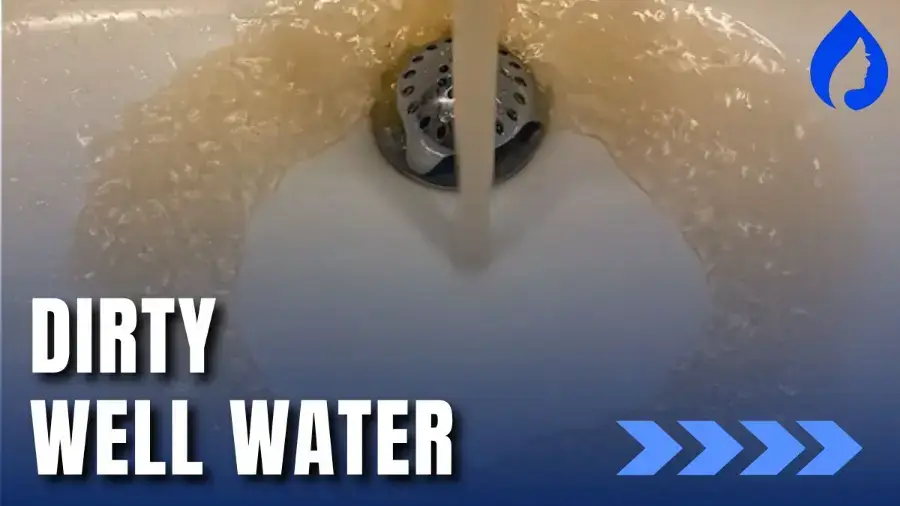
Dirty well water is caused mainly due to mud infiltration from:
Here’s how to fix it:
High levels of rust (iron), manganese, and organic matter (from septic system leakage) can also cause dirty well water.
Continue reading for all 5 proven causes behind dirty well water with practical troubleshooting steps.
🤔What Does Dirty Well Water Mean? (Causes)
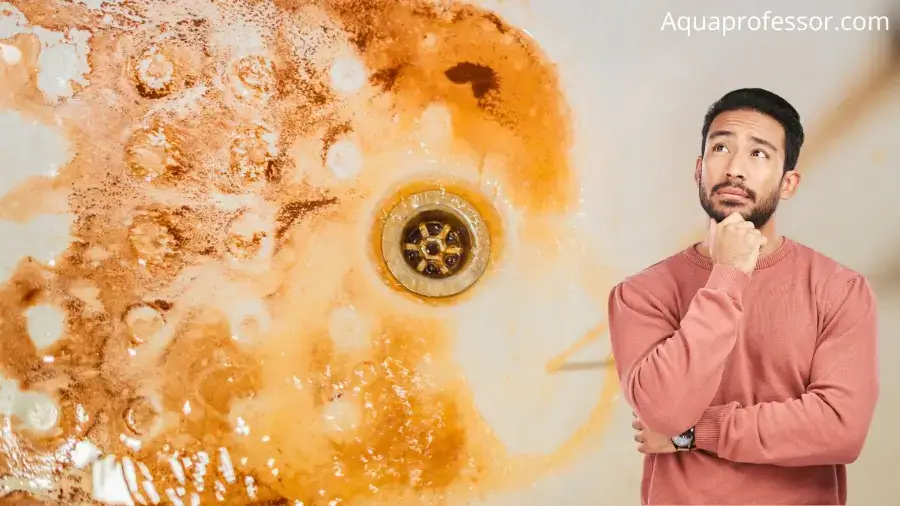
First things first: it’s natural for newly installed or repaired wells to get dirty water. It’s because the sand, gravel, mud, and other components get introduced to the well, making water muddy or dirty.
However, the components settle down in a few weeks, making the water clean and clear again. But if your water supply is from an old well with discolored water, here are its reasons and solutions:
| Reasons | How To Confirm | Ways To Fix |
| Mud in well water | Water is full of visible dirt and sediment | Inspect and repair well casing |
| Iron/Manganese In Well Water | Water is reddish-brown with a metallic taste | Install iron filter |
| Tannin In Well Water | Water has a musty odor, bitter taste, and you see biofilms in pipes | Install tannin filters |
| Rust in well water | Corrosion in pipes with reddish-orange stains | Use Rust Out and opt for iron filters |
| Bacteria in well water | You are facing bacterial infection symptoms like diarrhea, vomiting, and dizziness. | Fix septic tank leakage, do shock chlorination of well |
Let’s discuss each reason in detail:
💩Mud in Well Water
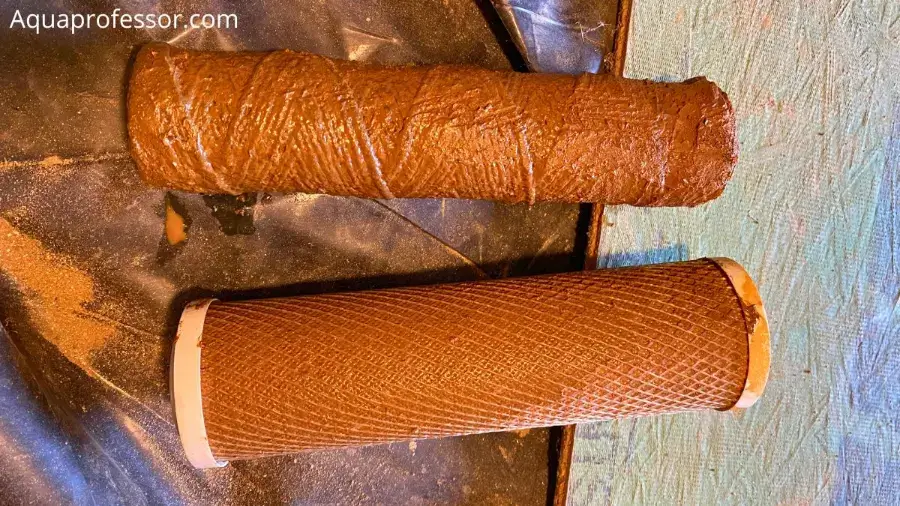
Your well water is muddy when it’s casing is disrupted or degraded.
The well-casing/screen is at the bottom to prevent dirt, mud, and gravel from entering the water.
If it degrades, it allows high amounts of clay, silt and organic or inorganic matter to leak into your well water, causing muddy water.
Another possible reason is the incorrect pump location or low water level.
The well pump submersible pump should be hung around 10-20 feet deep from the bottom of the water aquifer; otherwise, it collects water with foreign components like dirt and impurities, making the water dirty.
How to Confirm
Take a glass of water and observe it. You will see suspended dirt and sediments, making the well water less clear with an earthy smell.
Ways to fix
Also Read: Why I've Black Sediment In Water?
🧪Iron/Manganese In Well Water
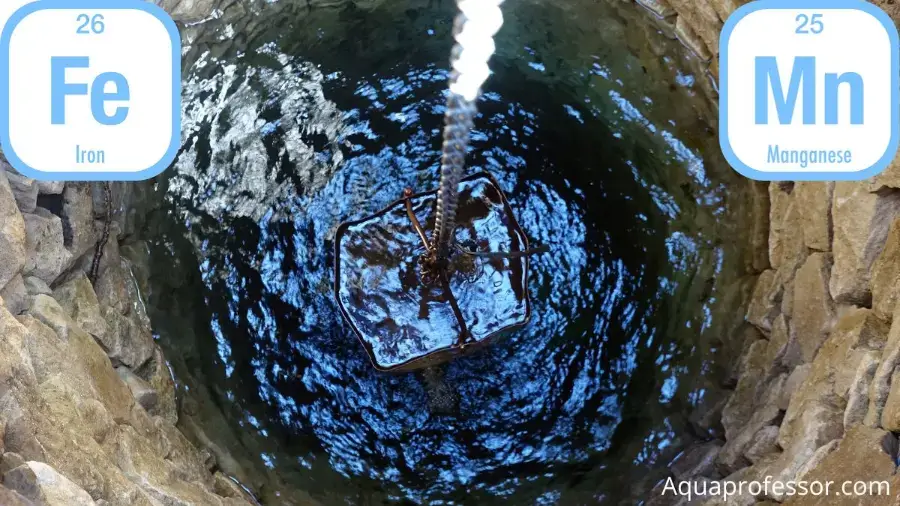
Iron and manganese also make your well water look muddy. These components may leak from iron-bearing rock and soil into water, increasing iron concentration and making it taste metallic.
Corroded or rusted pipes may also make well water dirty, turning your water brown, black, or orange.
It can promote the growth of iron bacteria, which can corrode well components and cause ugly slime in toilet tanks.
How to Confirm
If you observe:
Ways to Fix
🟡Tannin In Well Water
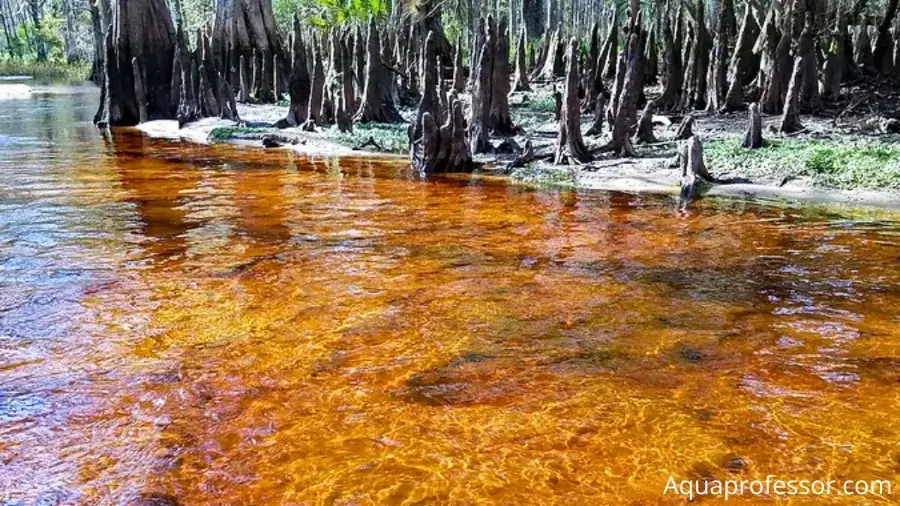
Tannins are the organic compounds that cause your well water to turn yellowish-brown. They travel from marshes, swamps, and coastal areas into your well.
Even though tannins are harmless, their high concentration stains plumbing fixtures, fabric, and laundry, making it quite stressful to use water.
Additionally, tannins give an earthy taste to your contaminated water.
How to Confirm
Take a clear glass and fill it with your well water. Let it sit undisturbed overnight.
If the suspended matter doesn’t settle down and the water’s color remains intact with a musty or bad smell, it’s tannins that cause your well water discoloration.
Ways to Fix
🔩Rust in well water
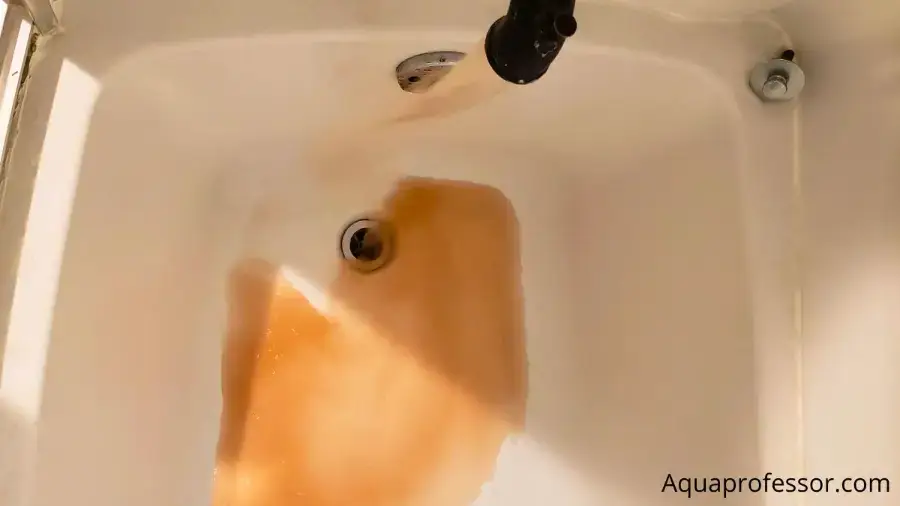
The reddish-brown color indicates a high level of rust in your well.
Corroded water pipes, damaged well casing, rusty hot water heaters, high iron content in groundwater, and iron bacteria are major sources of rust.
Its high level gives a metallic taste to water and causes aesthetic effects.
How to Confirm
If your water:
Then, it indicates that your well water contains rust.
Ways to Fix
Also Read: Can Dogs Drink Well Water?
🦠Bacteria in Well Water
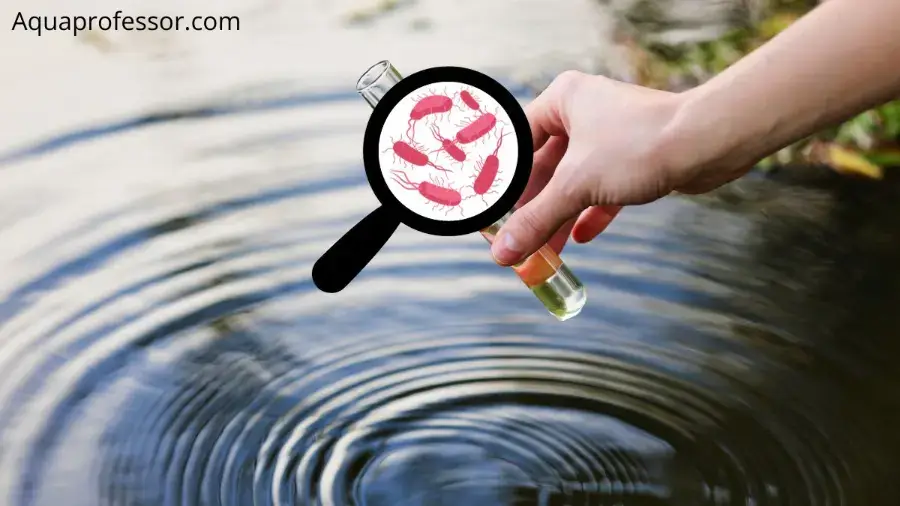
If your septic tank is too close to the well (less than 100 feet) or there’s a septic tank leakage, it can introduce E. coli bacteria into your well water.
It can lead to bacterial infections which make drinking water unfit for consumption.
Water with coliform bacteria causes symptoms like diarrhea, vomiting, cramps, and fatigue.
How to Confirm
You and your family members are facing bacterial infection symptoms like diarrhea, vomiting, and dizziness. Apart from tell-tale signs, water testing is an important part.
You should test your water supply with a certified lab like tapscore to confirm and know the bacteria levels in well water.
Ways to Fix
Also Read: 6 Signs Your Well Water Is Making You Sick
💁How to Get Rid of Dirty Well Water?
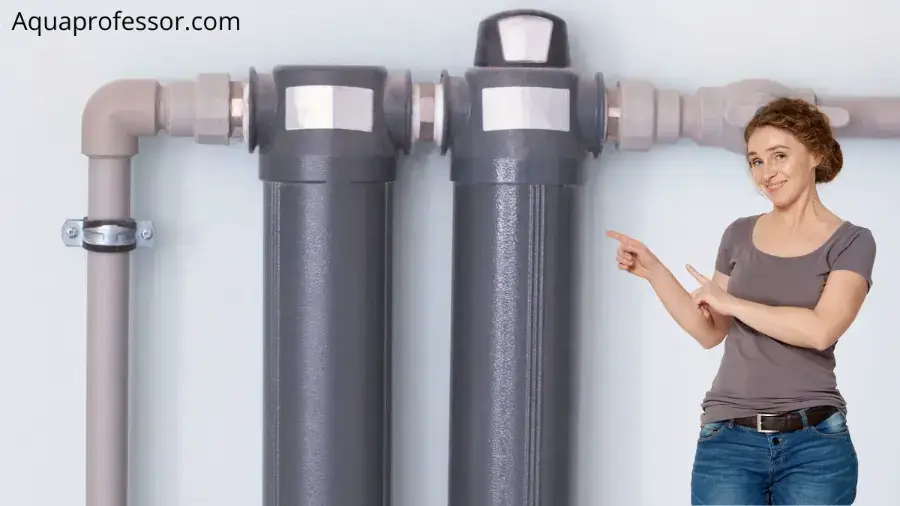
Some useful ways to fix your dirty well water are:
💡Dirty Well Water: FAQs
Is it normal to have dirt in well water?
No, it’s not normal to have dirt in the well water. It indicates faulty well casing or improper pump that causes the sand, dust, gravel, or mud to enter the well water.
Is dirty well water safe to drink?
No, drinking dirty well water is not safe. It can contain foreign components like iron, iron bacteria, mud, and other heavy metals, which may pose serious health issues.
Why is my well water muddy after a heavy rain?
After heavy rainfall, your well water gets muddy because of the mud infiltration or overflowing septic tank.
Heavy rainfall causes a large amount of surface water with contaminants to be directly introduced into the well water supply, making it muddy and unfit for consumption.
How long does it take for a well to clear up?
It might take 30 minutes, a few hours, or even days (in some cases) to clear up the well water after repair, depending on:
1. Size and depth of the well
2. Extent of contamination
Why is my new well water dirty?
Your new well water is dirty because the surrounding soil and rock were disrupted during the construction of the well, causing them to leak into the well water.
It is normal; after settling the impurities, water will clear up in a few weeks.
Adarsh is a Health & Nutrition Sciences graduate with expertise in environmental health. He is associated with ventures like Glacier Fresh Filter and Simpure Filter Systems. Through Aqua Professor, he intends to provide helpful information to every home to help them make smarter decisions.
